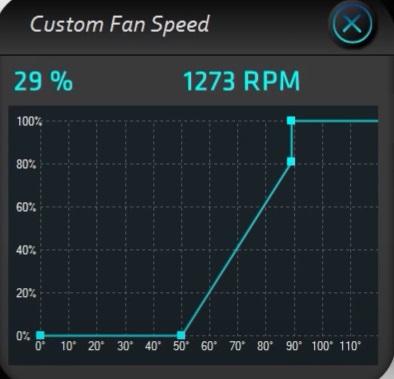
Customizable RGB lighting illuminates the logo on the backplate, the long light bar on the edge of the backplate, and the Sapphire name on the side of the card, with the light attractively bleeding through the small cutouts spaced across the backplate. Heat management is helped by the long, futuristic-looking silver backplate, which definitely is not plastic. Taming temperatures on those components always helps, but it should prove especially welcome during overclocking attempts. Sapphire included a standalone metal cooler with its own heatsinks and heatpipe for the memory, voltage regulators, and chokes. The metal over the GPU itself tapers down with a V-shaped notch to “accelerate and centralize” the airflow around the chip, per Sapphire.
SAPPHIRE TRIXX BOOST FULL
The Nitro+’s heat sink runs the card’s full 12.2-inch length, featuring a new wavy fin design that Sapphire claims helps to cut down on wind noise. There’s plenty of metal underneath all that plastic, though. You can see the wave-shaped heatsink under the Nitro+’s swooping fans. We’ll cover Trixx Boost in its own section after our standard benchmarks. It works surprisingly well in both performance uplift and visual fidelity. The feature leverages AMD’s excellent Radeon Image Sharpening ability by creating custom resolutions slightly below your monitor’s actual capabilities, then using RIS to clean up the image when it’s upscaled to fit your display. Trixx Boost debuted with last generation’s RDNA 1-based Nitro+ RX 5700 XT, and we instantly fell in love. More importantly, the new card also supports the fantastic Trixx Boost feature found in Sapphire’s Trixx utility, which also manages the card’s RGB lighting effects.

This third position is actually the configuration the card ships in, set for the Performance BIOS. The Nitro+ also includes a rare third BIOS switch that lets you choose between the Performance and Quiet BIOSes using Sapphire’s Trixx software, eliminating the need to open your case to physically flip a hardware switch to change between the two. You may prefer it, as the default Performance BIOS is slightly audible. Sapphire also offers a secondary Quiet BIOS that slightly reduces clock and fan speeds for improved acoustic performance. One BIOS, two BIOSes, thre BIOSes, ah ah ah AMD’s intelligent boost algorithms adjust based on your graphics card’s available power and thermal limits, so they all offer essentially the same real-world performance.


Actual in-game clock speeds tend to go much higher for all of these cards. That’s slightly ahead of the XFX Merc 319’s default “Balanced” BIOS, though identical to the XFX card’s “Rage” BIOS. The default Performance BIOS is rated for a 2,110MHz average Game Clock speed (+95MHz over reference) and a 2,360MHz maximum Boost speed (+110MHz over reference). Sapphire juiced the clocks on the Nitro+.


 0 kommentar(er)
0 kommentar(er)
